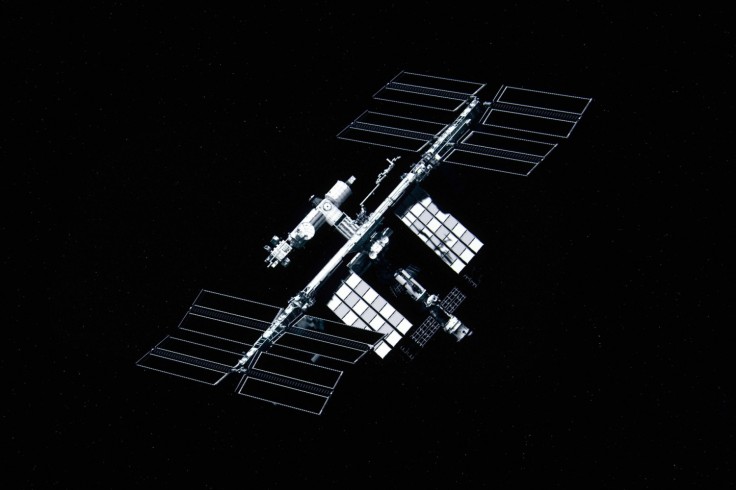NASA has started reading itself to deorbit the International Space Station.
The space agency was recently asking for proposals to create a "space tug" that can remove the ISS from orbit in the early 2030s.
NASA previously announced it plans to de-orbit the aging space station in favor of privately-owned commercial space stations.

NASA's Plans To Deorbit The ISS
NASA, in a Sept. 20 blog post, revealed it plans to use a US Deorbit Vehicle (USDV) to steer the ISS into Earth's atmosphere safely and away from populated areas. If all goes according to plan, the space agency will send commercially owned and -operated space stations to ensure "continued access and presence in space for research, technology development, and international collaboration."
Developing the USDV is needed to deorbit the ISS as it would provide "more robust capabilities for responsible deorbit." A Space.com report mentioned that the Russian Progress cargo vehicle, usually used to boost the ISS' orbit periodically, wouldn't be sufficient to deorbit the space station.
NASA is accepting USDV proposals on or before Nov. 17 at 1:30 PM CT, and more details about the USDV's requirements are available on the official System for Award Management website.
Although NASA emphasized that the USDV will be responsible for deorbiting the ISS' US segments, it didn't share details on how the other main international partners would remove theirs from orbit. These international partners are Russia's Roscosmos, the European Space Agency (ESA), the Japan Aerospace Exploration Agency (JAXA), and the Canadian Space Agency (CSA).
You may recall that NASA previously announced that Roscosmos would withdraw from participating in scientific pursuits within the ISS no earlier than 2028 following the conflict between it and Ukraine in Feb. 2022. However, the space agency didn't say anything about Russia's reasons for staying until then.
Additionally, the CSA is the only international partner that doesn't have a segment on the iSS, it does have robotics aboard it - the Canadarm2, the Dextre handyman robot. It is also responsible for the station's supporting infrastructure.
ISS' Age
The ISS is the love child between NASA, Roscosmos, the ESA, CSA, and JAXA. Due to this collaboration, the ISS is not owned by one single nation, per the ESA.
A total of 19 countries have visited the ISS, which resulted in a total of 244 individuals visiting it as of April 2021, according to Space.com.
However, NASA and Roscosmos were the first to collaborate to establish the foundation of what would become the ISS. According to the ISS National Laboratory, Russia linked two Soyuz vehicles in space to create the first rudimentary station in 1969, while the US linked their separate space station plans and merged the resulting spacecraft to Russia's in 1993 to form a single facility in 1998, per the Encyclopedia Britannica.
However, the age of the ISS' hardware is catching up with the space station, which could eventually see it become dangerous or even uncontrollable in orbit, per the BBC. Such an event already happened once with the Soviet Union's Salyut 7 space station in 1985.
"We really don't want to go through that again," said Cathy Lewis, a space historian from the US National Air and Space Museum.









